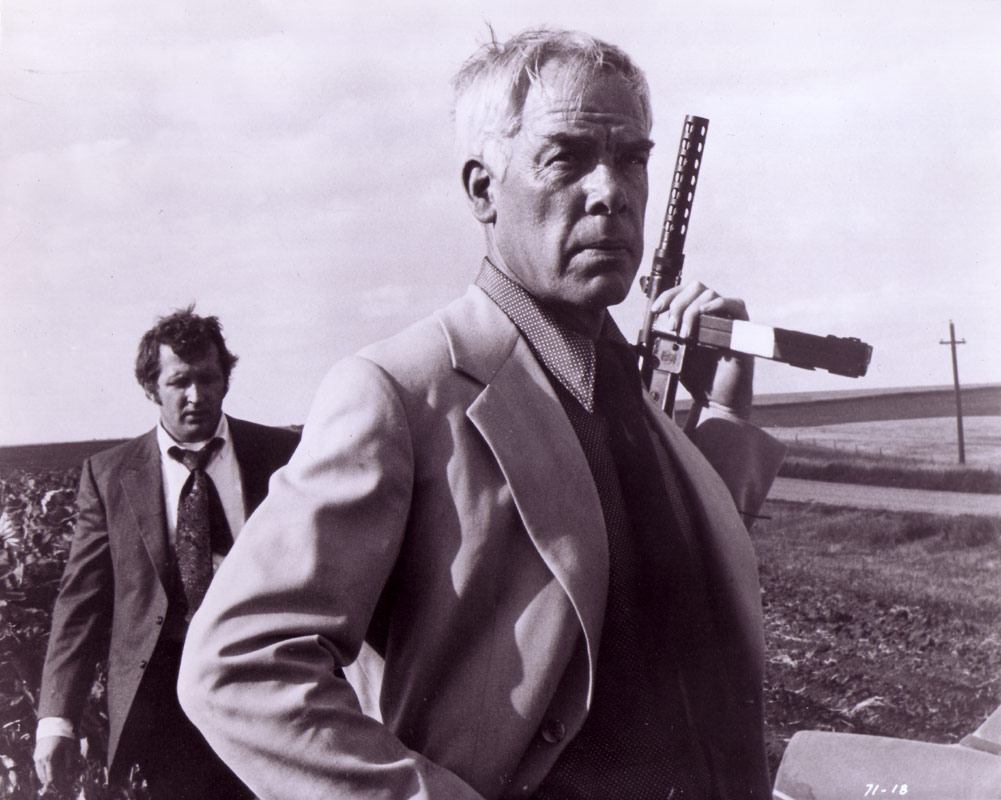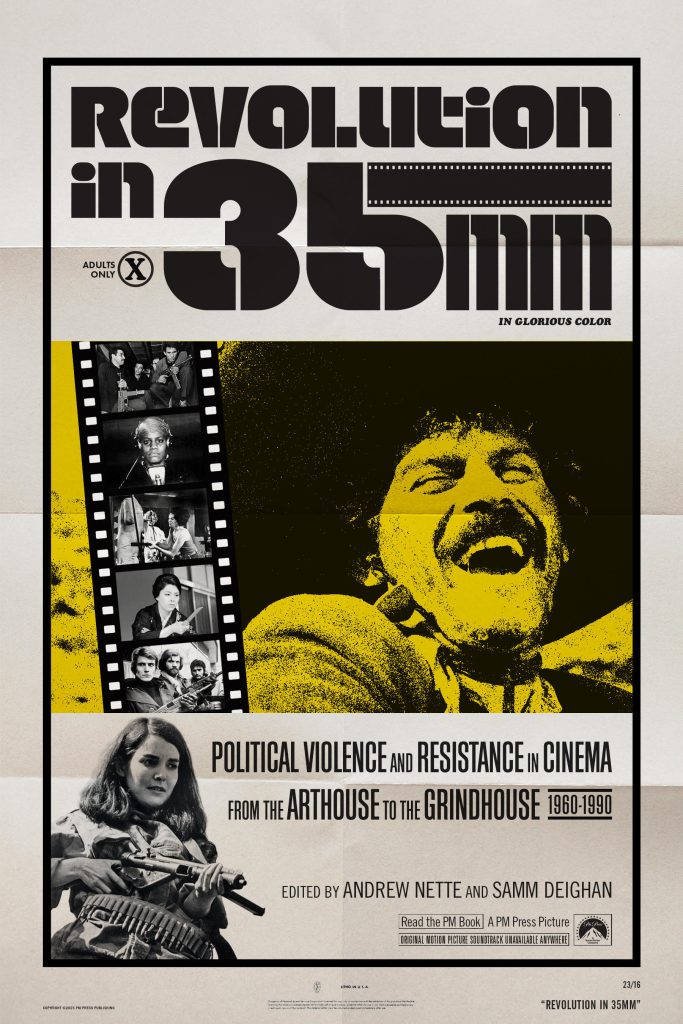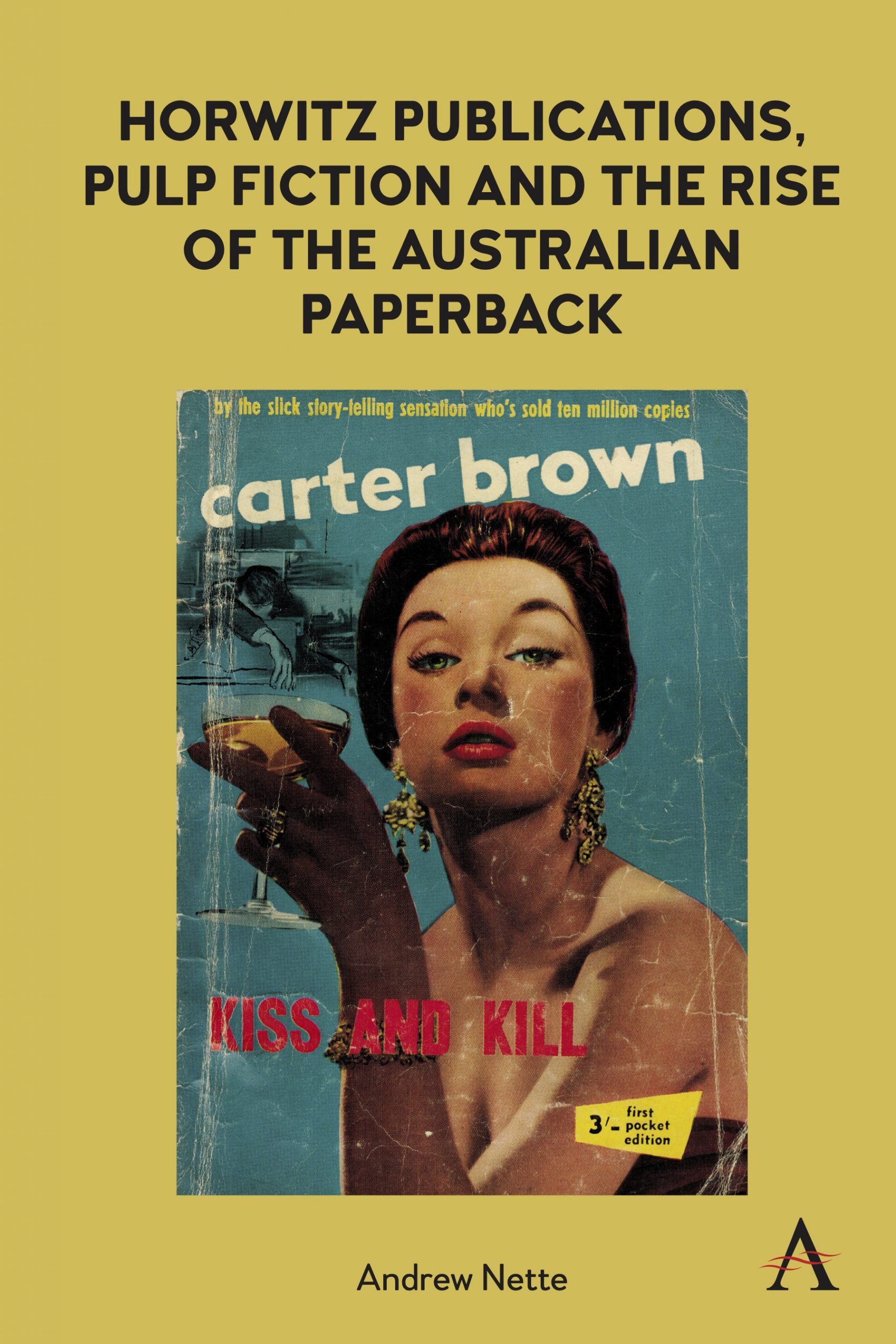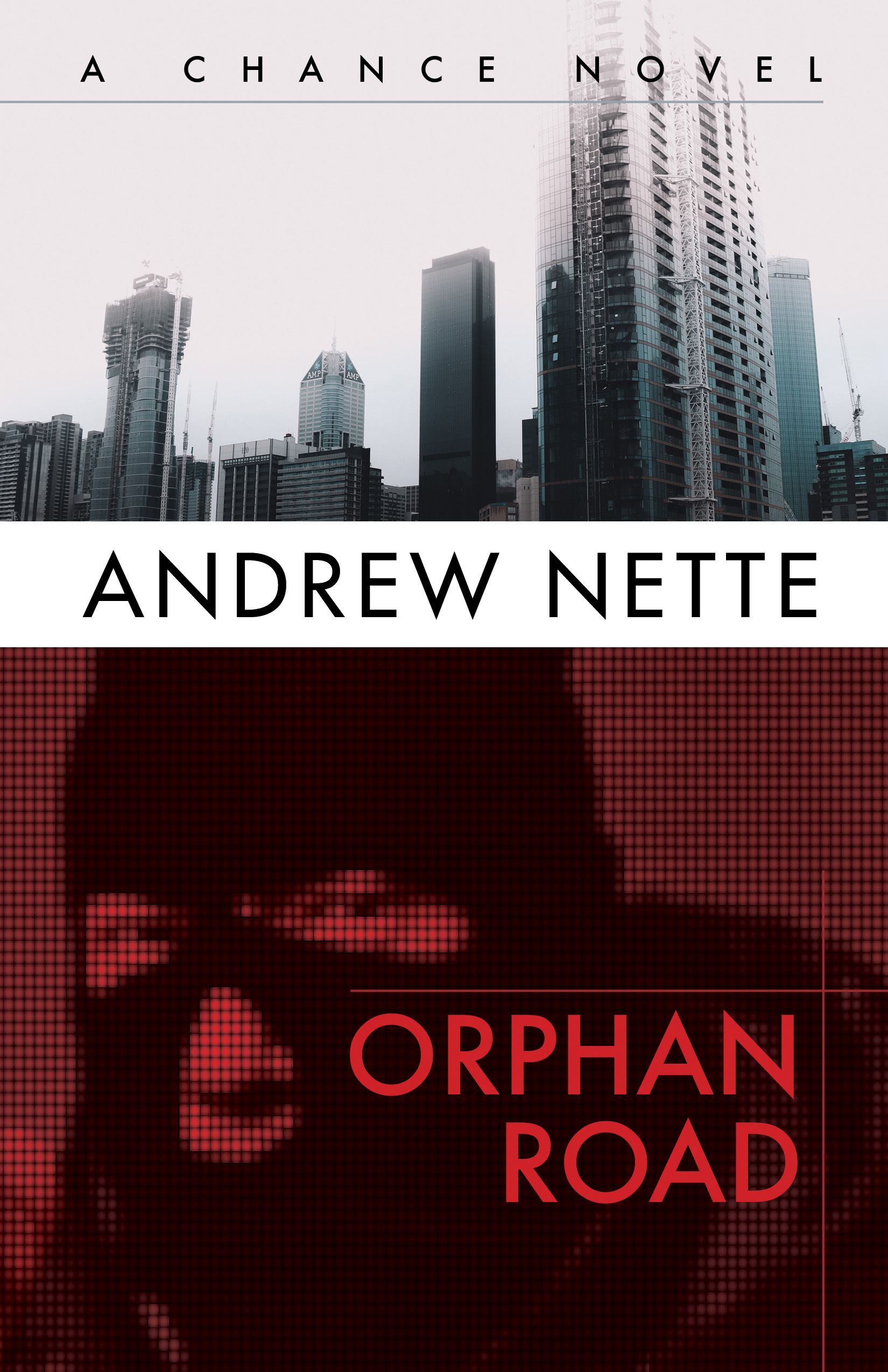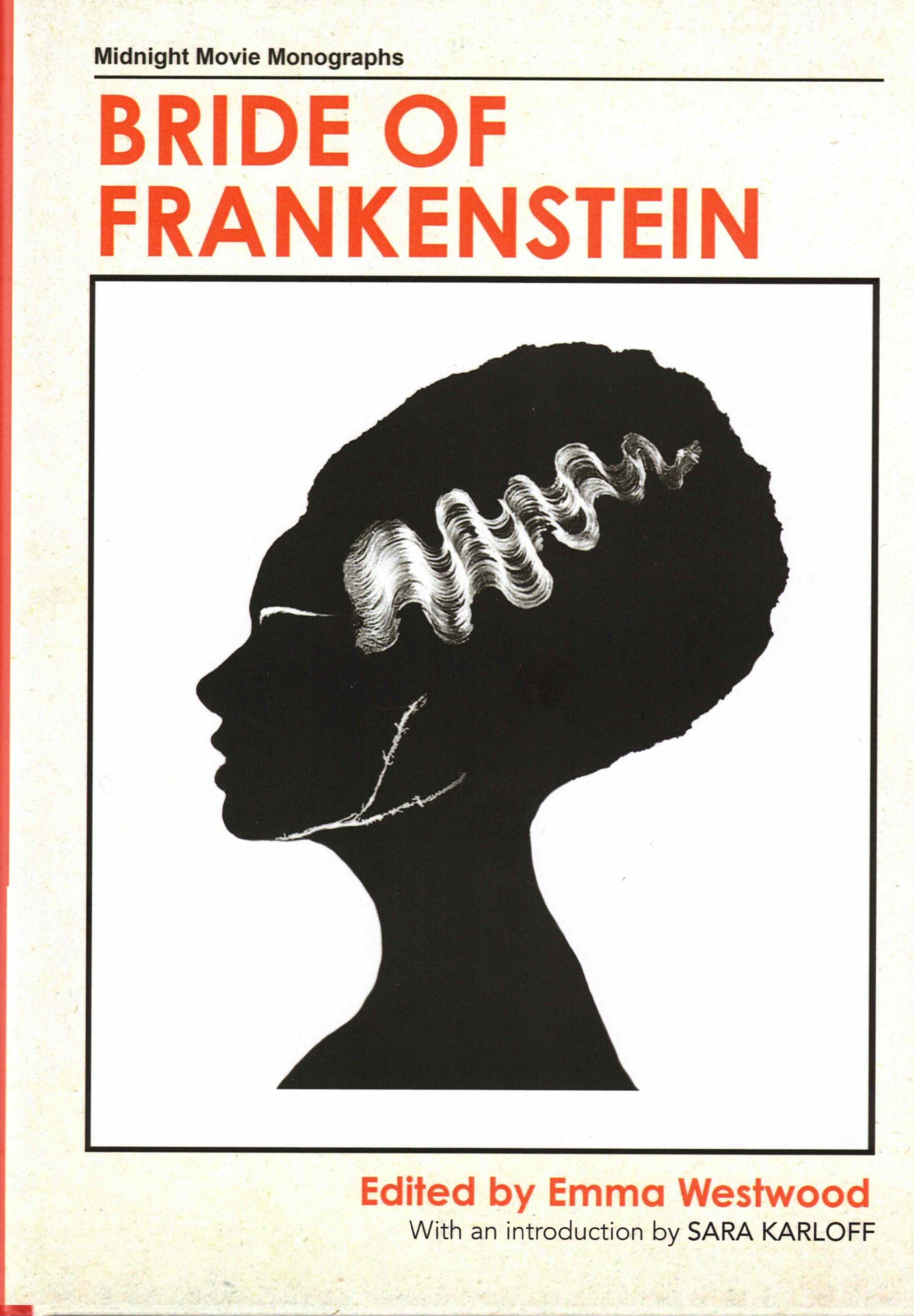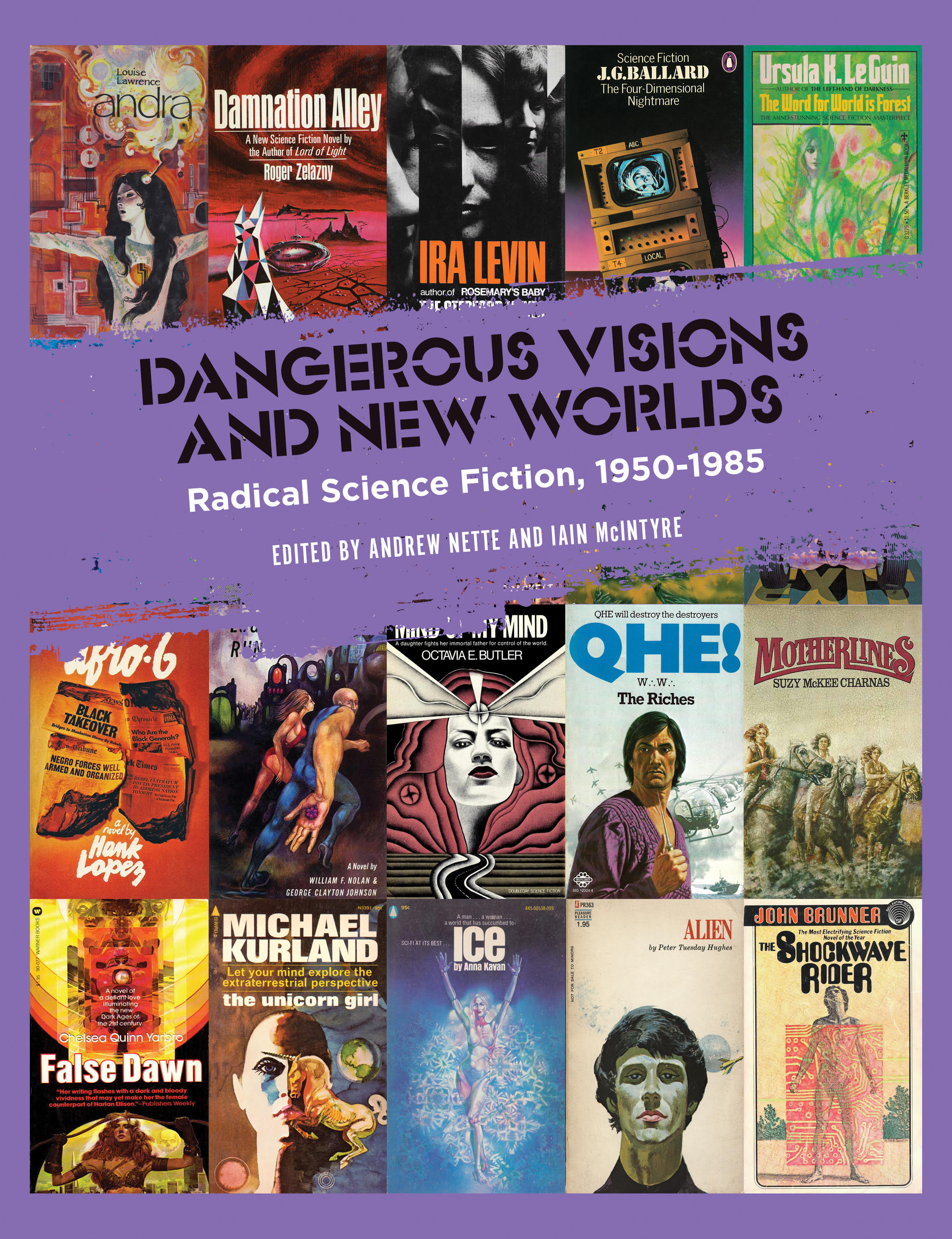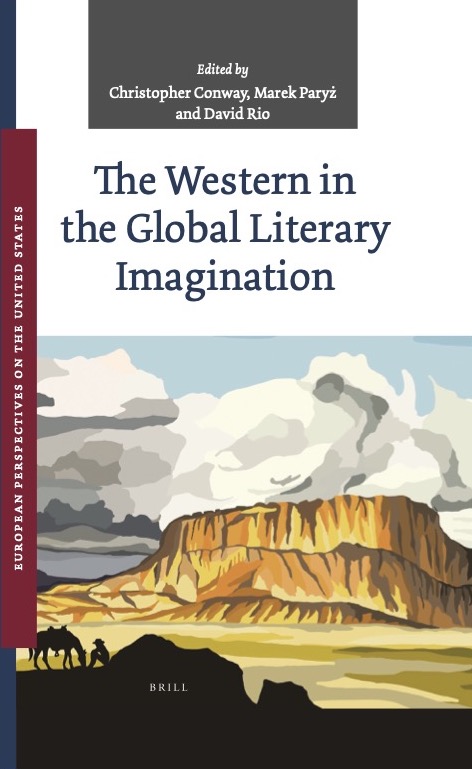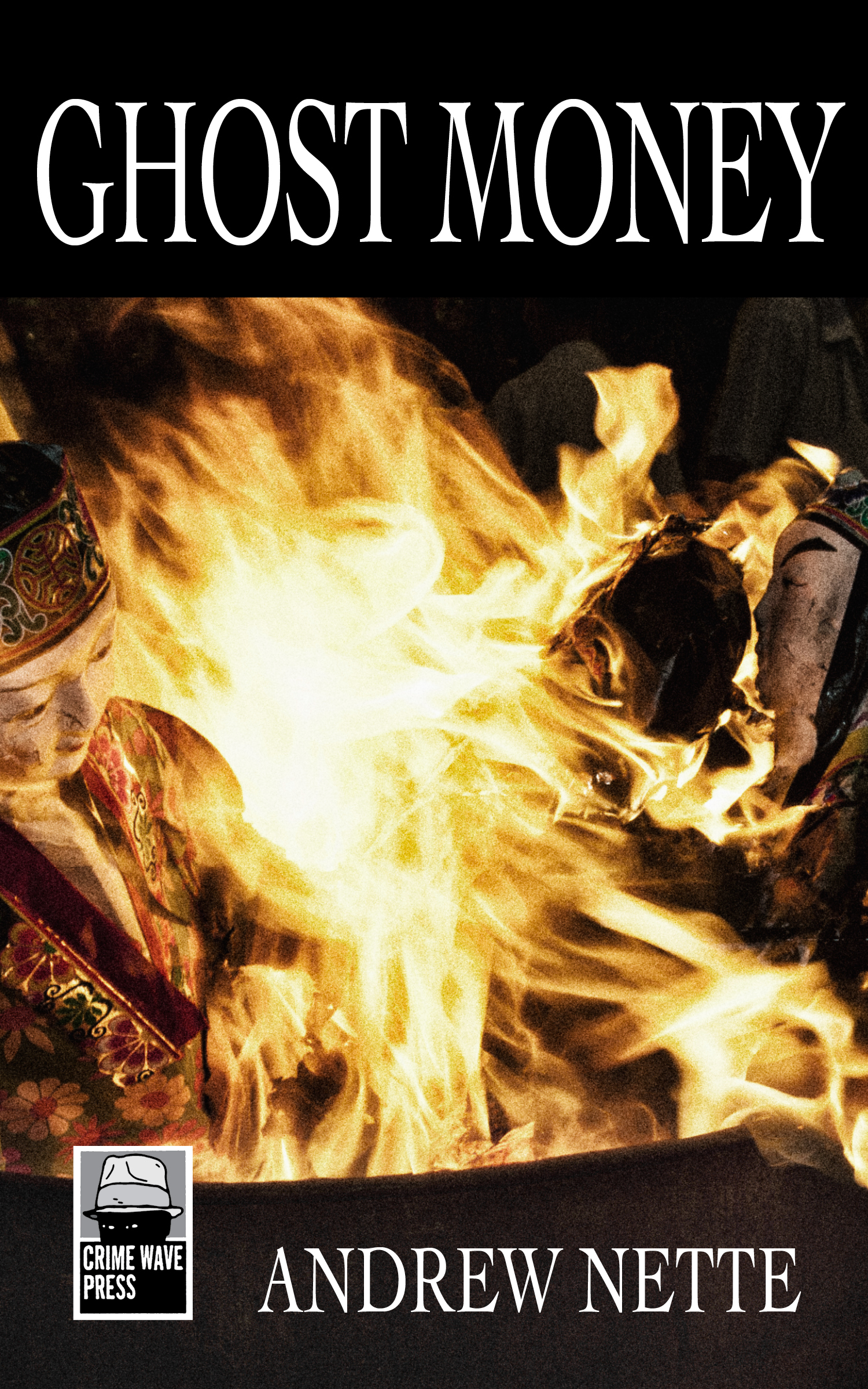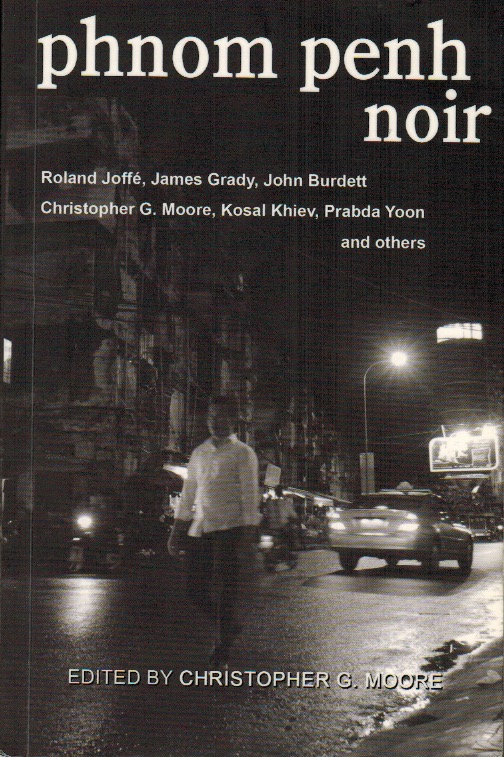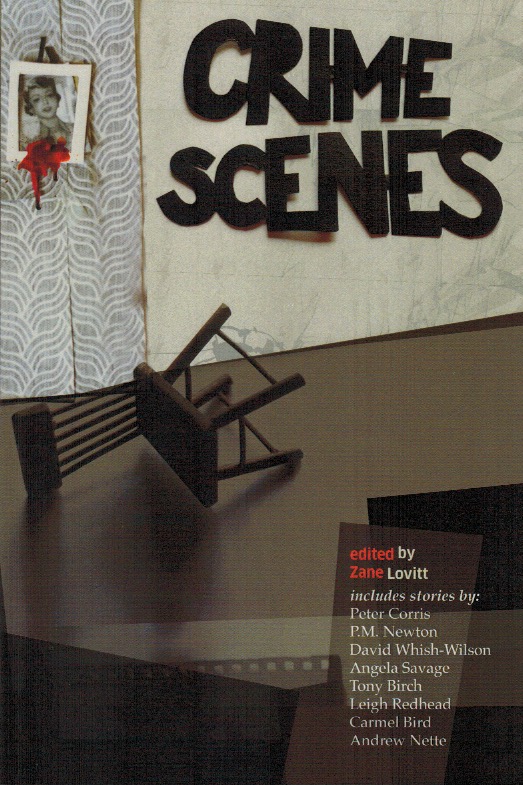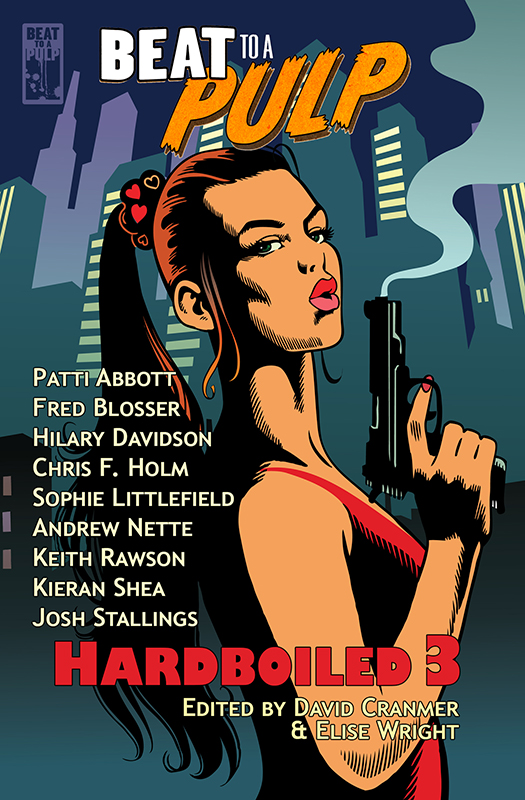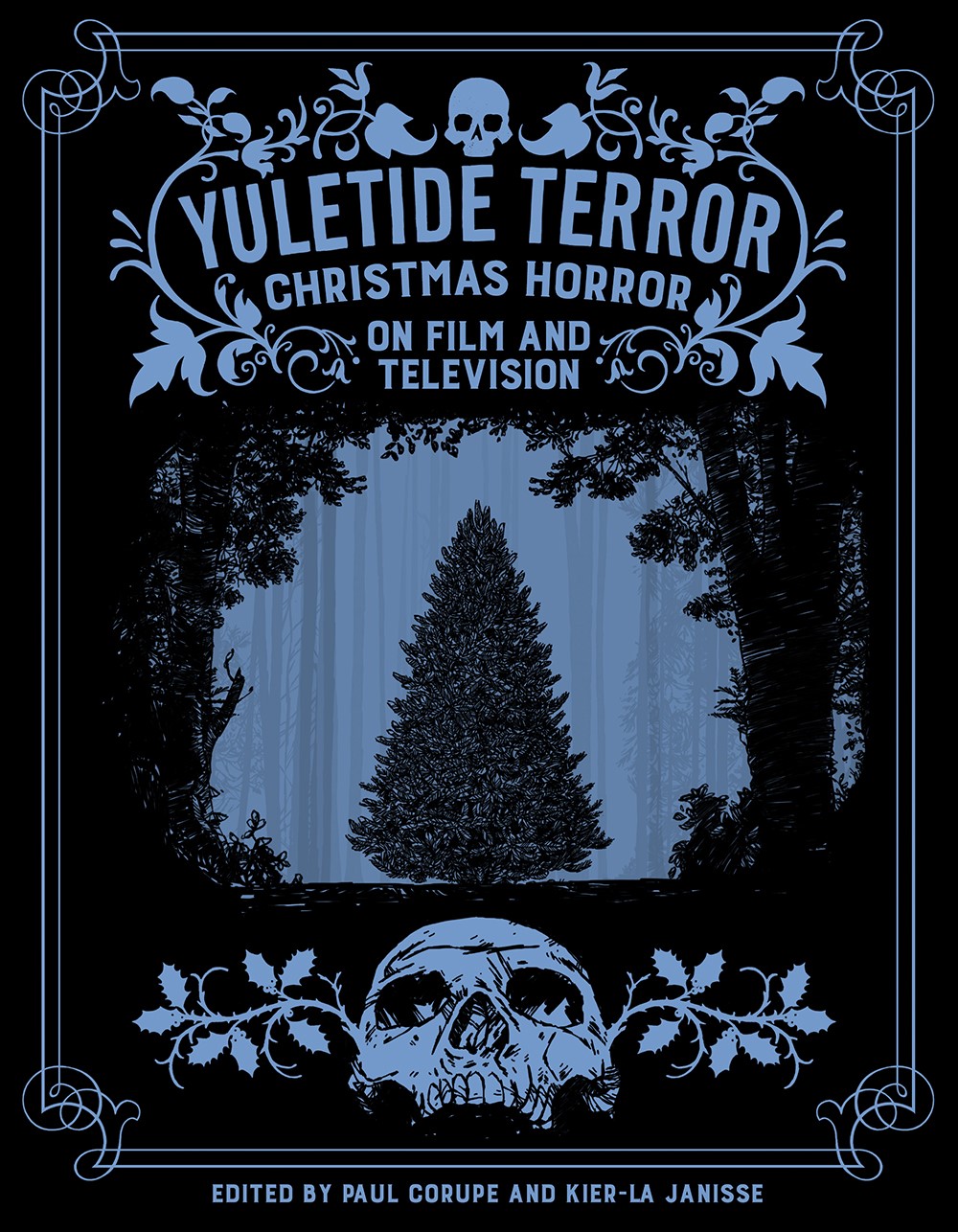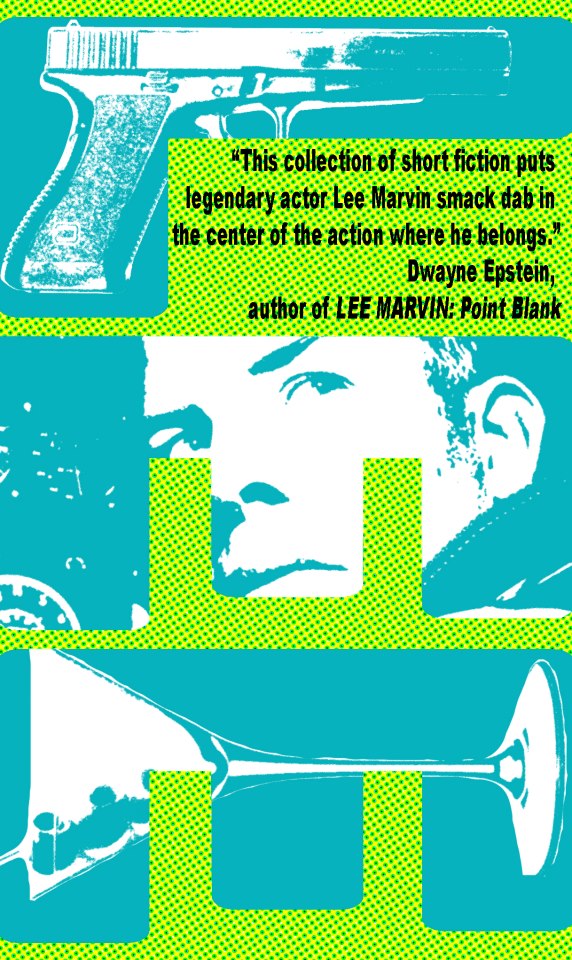Search
-
Recent Posts
- Dishing up Pulp Curry in a new way: why I am starting a Substack newsletter
- Book reviews: Deadly dames, midcentury Brit pulp and 1970s science fiction
- Mackenna’s Gold (1969): Gold, Ghosts and Frontier Violence
- Orphan Road book launch
- Orphan Road now available
- Pre-orders open for my new novel, Orphan Road
- Cover reveal: Orphan Road, my follow up to Gunshine State
- Breakfast in the Ruins podcast: New English Library Bikermania
- Why 1973 was the year Sidney Lumet took on police corruption
- Men’s Adventure Quarterly: Gang Girls issue
Categories
- 1960s American crime films
- 1970s American crime films
- 1980s American crime films
- 1990s American crime films
- Adrian McKinty
- Albert Dekker
- Andre De Toth
- Angela Savage
- Angie Dickinson
- Anthony Zerbe
- Asian noir
- Australian crime fiction
- Australian crime film
- Australian noir
- Australian popular culture
- Australian pulp fiction
- Australian television history
- Ava Gardner
- Beat culture
- Belmont Tower Books
- Ben Wheatley
- Billie Whitelaw
- Black pulp fiction
- Blaxsploitation
- Book cover design
- Book Reviews
- British crime cinema
- British pulp fiction
- Bryan Brown
- Burt Lancaster
- Carter Brown
- Charles Durning
- Charles Willeford
- Chester Himes
- Christopher G Moore
- Christopher Lee
- Cinema culture
- Claude Atkins
- Coronet Books
- Crawford Productions
- Crime Factory
- Crime Factory Publications
- Crime fiction
- Crime fiction and film from Africa
- Crime fiction and film from Cambodia
- Crime fiction and film from China
- Crime fiction and film from India
- Crime fiction and film from Indonesia
- Crime fiction and film from Japan
- Crime fiction and film from Laos
- Crime fiction and film from Latin and Central America
- Crime fiction and film from Malaysia
- Crime fiction and film from New Zealand
- Crime fiction and film from Scandinavia
- Crime fiction and film from Singapore
- Crime fiction and film from South Korea
- Crime fiction and film from Thailand
- Crime fiction and film from the Philippines
- Crime Fiction and film set in Vietnam
- Crime film
- Dangerous Visions and New Worlds Radical Science Fiction 1950 to 1985
- David Goodis
- David Peace
- David Whish-Wilson
- Derek Raymond
- Diana Dors
- Dirk Bogarde
- Don Siegel
- Don Winslow
- Donald Westlake aka Richard Stark
- Dystopian cinema
- Ernest Borgnine
- Eurocrime
- Fawcett Gold Medal Books
- Femme fatale
- Fernando Di Leo
- Filipino genre films
- Film Noir
- Forgotten Melbourne
- French cinema
- French crime fiction
- Garry Disher
- Gene Hackman
- George V Higgins
- Georges Simenon
- Ghost Money
- Giallo cinema
- Gil Brewer
- Girl Gangs, Biker Boys and Real Cool Cats: Pulp Fiction & Youth Culture, 1950-1980
- Gloria Grahame
- Gold Star Publications
- Gregory Peck
- Gunshine State
- Heist films
- Horror
- Horwitz Publications
- Humphrey Bogart
- Ian Fleming
- Interviews
- Ira Levin
- James Caan
- James Crumley
- James Ellroy
- James Hadley Chase
- James Woods
- Jim Brown
- Jim Thompson
- Joel Edgerton
- John Frankenheimer
- Joseph Losey
- Karen Black
- Kerry Greenwood
- Kinji Fukasaku
- Larry Kent
- Laura Elizabeth Woolett
- Lee Marvin
- Leigh Redhead
- Lindy Cameron
- M Emmet Walsh
- Mad Max
- Mafia
- Malla Nunn
- Martin Limon
- Megan Abbott
- Melbourne International Film Festival
- Melbourne Writers Festival
- Men's Adventure Magazines
- Michael Caine
- Michael Fassbender
- Mickey Spillane
- Monarch Books
- Ned Kelly Awards
- Neo Noir
- New English Library
- Newton Thornburg
- Noir Con
- Noir fiction
- Non-crime reviews
- Oren Moverman
- Orphan Road
- Ozsploitation
- Pan Books
- Parker
- Paul Newman
- Peter Boyle
- Peter Corris
- Peter Strickland
- Peter Yates
- Poliziotteschi
- Pulp fiction
- Pulp fiction in the 70s and 80s
- Pulp fiction set in Asia
- Pulp Friday
- Pulp paperback cover art
- Qui Xiaolong
- Raymond Chandler
- Richard Burton
- Richard Conte
- Robert Aldrich
- Robert Mitchum
- Robert Ryan
- Robert Stone
- Rock Hudson
- Roger Smith
- Rollerball
- Rosaleen Norton
- Roy Scheider
- Rural noir
- Sam Levene
- Sam Peckinpah
- Samuel Fuller
- Science fiction and fantasy
- Scripts Publications
- Sidney Lumet
- Sidney Poitier
- Simon Harvester
- Snowtown
- Snubnose Press
- Spies
- Stanley Baker
- Sterling Hayden
- Steve McQueen
- Sticking it the the Man Revolution and Counter Culture in Pulp and Popular Fiction 1950 1980
- Stuart Rosenberg
- Tandem Books
- Tart noir
- Tartan Noir
- Ted Lewis
- Toni Johnson Woods
- True crime
- Vicki Hendricks
- Victor Mature
- Vintage mug shots
- Vintage pulp paperback covers
- Wallace Stroby
- War film
- Westerns
- William Friedkin
- Woody Strode
- Yakuza films
- Yaphet Kotto
Nothing but noir
Recommended reading
The lurid world of pulp
- 20th century Danny Boy
- American Pulps
- Bear Alley
- Bloody, Spicy, Books
- Comics Down Under
- Everything second hand
- Existential Ennui
- Greenleaf Classic Books
- Irv O. Neil's Erotica is My Trade
- Killer Covers
- Lost Classics of Teen Lit 1939-1989
- Luminist Archives
- Men's Pulp Mags
- Mporcius Fiction Log
- Murder, Mayhem and Long Dogs
- Neglected Books
- Nocturnal Revelries
- Paperback Warrior
- Paperbacks of the Gods
- Pop Sensation
- Pulp artists
- Pulp Covers
- Pulp Crazy
- Pulp Flakes
- Pulp International
- Pulp Magazines Project
- Pulp Serenade
- Realms of the Night
- Romance Fiction Has a History
- Rough Edges
- Sin Street Sleaze
- Spy Guys and Gals
- The department of Afro American Research Arts & Culture
- The Dusty Bookcase
- The Haunted World of Richard Sala
- The Moon Lens
- The Nick Carter & Carter Brown Blog
- The Pulp & Paperback Fiction Reader
- Too Much Horror Fiction
- True Pulp Fiction
- Vault of Horror
- Vintage Nurse Romance Novels
- Vintage Romance Novels
- Welcome to the Pan Paperback
- Yellow and Creased
Support This Site
If you like what I do please support me on Ko-fi
Category Archives: 1970s American crime films
Wallace Stroby on the best 5 crime films you’ve never seen
Today I’m honoured to have New York crime writer Wallace Stroby guest post on his top 5 crime films you’ve never seen.
For those of your not familiar with Wallace’s work, he is the author of five hardboiled works of crime fiction, including his most recent two featuring the female professional criminal, Crissa Stone, Cold Shot to the Heart and Kings of Midnight. I haven’t got around to Kings of Midnight yet, but I have read Cold Shot to the Heart and it’s terrific.
In addition to being a great writer, Wallace is also a keen student of popular culture, particularly as it relates to crime fiction and film. I particularly like the way Wallace publicises and shares the more obscure gems of crime fiction and film. You can check out his books here and his ruminations on popular culture at his blog, Live at the Heartbreak Lounge.
Awhile back, I had the opportunity to guest blog about my picks for ‘The Five Best Crime Novels You’ve Never Read’. My thanks to Andrew Nette and Pulp Curry for agreeing to host this companion piece.
I’ve left out films I’ve written about at length in the past, such as Seven Ups, The Outfit, Rolling Thunder and Across 110th Street. … Read more
Posted in 1970s American crime films, 1980s American crime films, Wallace Stroby
Tagged Across 110th Street, At Close Range (1986), Bill Paxton, Christopher Walken, Cornell Woolrich, Cynda Williams, David Strathairn, Devil in a Blue Dress (1995), G-Men (1953), James Cagney, James Foley, James Gray, Kiefer Sutherland, Little Odessa (1995), Mary Stuart Masterson, Notorious (1946), One False Move (1992), Rolling Thunder (1977), Sean Penn, The Outfit (1973), The Seven Ups (1973), The Window (1949), Tim Roth, Wallace Stroby
Night Moves
 One of the things I like best about the Christmas/New Year period is it’s a good chance to catch up on my movie viewing. This holiday season I re-watched the neo-noir, Night Moves. Made in 1973, but not released until 1975, Night Moves belongs to a period of US film making that is probably my favourite. It’s a complex, meandering and multi-layered film that perfectly captures the moral and political ambiguity of the time. I wanted to review Night Moves for this site but discovered a recent post on the same topic that does it much better than I ever could by a friend called Dean Brandum.
One of the things I like best about the Christmas/New Year period is it’s a good chance to catch up on my movie viewing. This holiday season I re-watched the neo-noir, Night Moves. Made in 1973, but not released until 1975, Night Moves belongs to a period of US film making that is probably my favourite. It’s a complex, meandering and multi-layered film that perfectly captures the moral and political ambiguity of the time. I wanted to review Night Moves for this site but discovered a recent post on the same topic that does it much better than I ever could by a friend called Dean Brandum.
Dean’s the man behind a terrific web site called Technicolor Yawn (for overseas readers that’s Australian slang for throwing up), which chronicles the history of Melbourne’s now vanished grindhouse cinema scene in the seventies and early eighties. He’s a great guy and what he doesn’t know about cinema is not worth knowing. The following review appeared on his site in mid-December. Enjoy.
BTW, I’ll be interviewing Dean about Melbourne’s forgotten grindhouse cinema scene on Pulp Curry sometime in the next few weeks.
“I remember Bobby (Kennedy) when he got shot, the newsreels made it look like everything was happening under water” – Paula (Jennifer Warren) in Night Moves
It’s that certain visual aesthetic; let’s call it “muted Cannon with a chance of showers” that veneers so many Los Angeles set film noir of the early 1970s, differentiating it from the monochrome 40s-50s and the swimming pool enhanced glare of the 1960s.… Read more
Killing Them Softly
Last week I finally watched Killing Them Softly, a film I’ve wanted to see for ages. Living in Australia, it’s not often I get one up on my American readers in terms of seeing a major release movie before they do. But for some reason, Killing Them Softly is not out yet in the States.
So, for those of you who are going to have to hang on a little longer to watch it, let me assure you, it is well worth the wait.
For Australian readers, all I can say is get thee to a cinema now and see this film.
Killing Them Softly is based on the novel Cogan’s Trade by George V Higgins. It’s the story of an enforcer cum hit man who is brought in to investigate a robbery of a mob protected card game.
Higgins was also the author of The Friends of Eddie Coyle, which was made into one of the best, if not the best, heist movie ever made (and which I reviewed on this site here in 2010).
It’s hard to exaggerate just how influencial the movie version of The Friends of Eddie Coyle is. Released in 1973, it is a no frills depiction of desperate men doing whatever they have to do to stay one step ahead of each other and the law.… Read more
Posted in 1970s American crime films, Crime fiction, Crime film, George V Higgins, Robert Mitchum
Tagged Andrew Domink, Ben Mendelsohn, Bradd Pitt, Chopper (2003), Cogan's Trade, George V Higgins, James Gandolfini, Killing Them Softly (2012), Peter Yates, Ray Liotta, Richard Jenkins, The Friends of Eddie Coyle (1973)
Prime Cut
Want to talk about a movie that broke the mould when it was made?
Let’s talk about Prime Cut.
Starring Lee Marvin, Gene Hackman and Sissy Spacek, this 1972 film is eighty-eight minutes of pulp weirdness – part exploitation flick, part brutal, hard-boiled, crime story.
Prime Cut was directed by Michael Ritchie, who did no other work of any consequence (with the possible exception of The Candidate, also made in 1972), and written by another relative unknown, Robert Dillon.
Marvin plays Nick Devlin, a tough as nails enforcer who is hired to go to Kansas City and retrieve half a million dollars owed to the Chicago mob by a slaughterhouse Kingpin called Mary Ann (Hackman).
Driving all night, Devlin and his men arrive at Mary Ann’s ranch in the middle of a livestock auction. The slaughterhouse is a legitimate business as well as being a front for a white slavery racket. Groups of well-dressed men wander around the inside of a giant barn, bidding on drugged, naked women, Mary Ann’s ‘livestock’, who have been sourced from orphanages and bus stops.
One of the girls, Poppy (Spacek), manages to ask for help through her drug haze. Marvin takes her ‘on credit’ and leaves, after getting Mary Ann’s agreement to meet him next day and hand over the money.… Read more
Hunger and other films about doing time
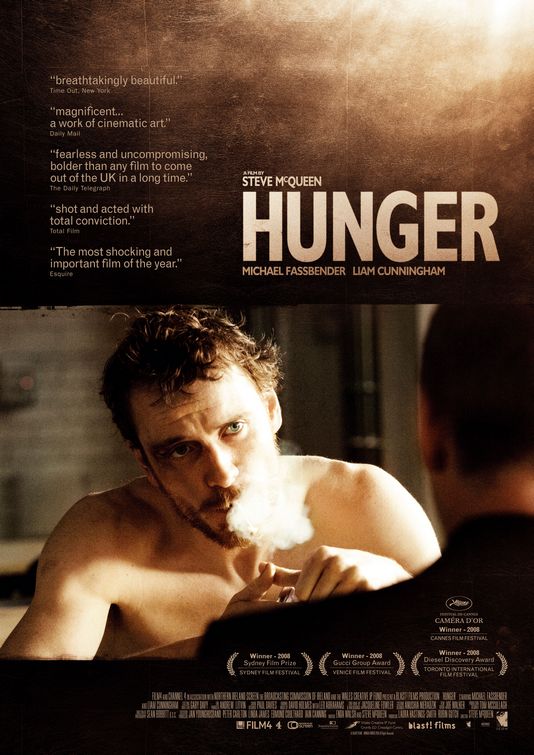 I haven’t spent a lot of time in prisons and don’t want to. But I won’t deny they make tremendous story settings.
I haven’t spent a lot of time in prisons and don’t want to. But I won’t deny they make tremendous story settings.
This was brought home to me again over the weekend after watching Hunger, Steve McQueen’s 2008 depiction of the final months in the life of IRA militant Bobby Sands. Sands and 9 other IRA inmates staved themselves to death in 1981 in protest against the Thatcher government’s insistence of treating them as common criminals rather than political prisoners.
I recently reviewed Adrian McKinty’s book The Cold Cold Ground, which dealt with a Catholic cop in a Protestant neighbourhood trying to solve a murder against the backdrop of the civil unrest unleashed by the hunger strikes.
Hunger is about what happened inside the walls of the Maze Prison. It’s a visceral, blistering film, all the more so because it’s made with incredible slight of hand.
It opens with the arresting image of a pair of bloody knuckles being soaked in water. These belong to one of the prison guards and were acquired administering incredibly savage beatings to IRA prisoners in response to their “blanket and dirty protests” in which the prisoners refused to wash and smeared shit over the walls of their prison cells. The guard is subsequently murdered in the aged care home where his mother lives, one of 16 guards killed by paramilitaries in retaliation for the treatment of the prisoners.… Read more
Posted in 1960s American crime films, 1970s American crime films, 1980s American crime films, Adrian McKinty, Australian crime film, Bryan Brown, Burt Lancaster, Film Noir, James Woods, Michael Fassbender, Stuart Rosenberg
Tagged A Prophet (2002), Adrian Mckinty, Alan Parker, Big Doll House (1971), Brute Force (1947), Burt Lancaster, Caged (1950) Agnes Morehead, Christopher Dale Flannery, Cold Ground, Cool Hand Luke (1967), Ernest Brawley, Everynight... Everynight (1994), Fast Walking (1982), Ghosts of the Civil Dead (1988), Hunger (2008), Jackson County Jail (1976), Jacques Audiard, James Woods, McVicar (1980), Michael Fassbender, Midnight Express (1980), Night and the City (1950), prison films, Steve McQueen, Stir (1980), Stuart Rosenberg, The Cold, The Rap, Thieves Highway (1949)


